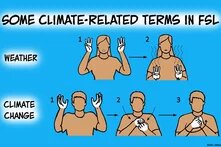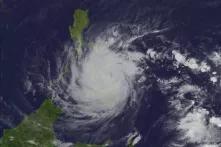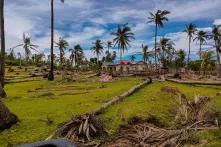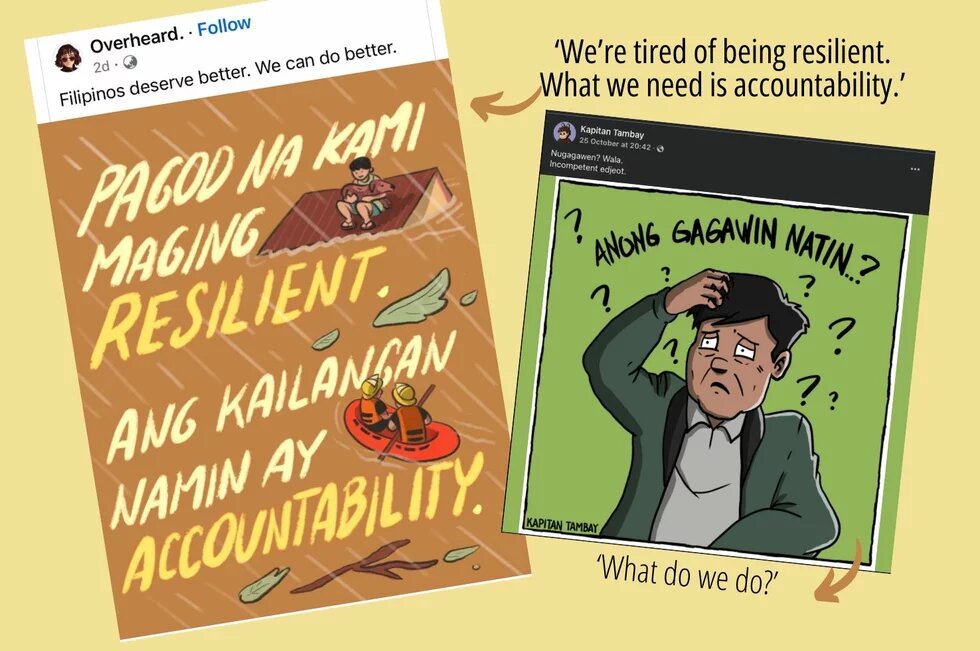
In this article the author explores creative approach on widening the conversation around the climate crisis by highlighting board games as a way to provide spaces for talking about how to live in our climate-changed world.
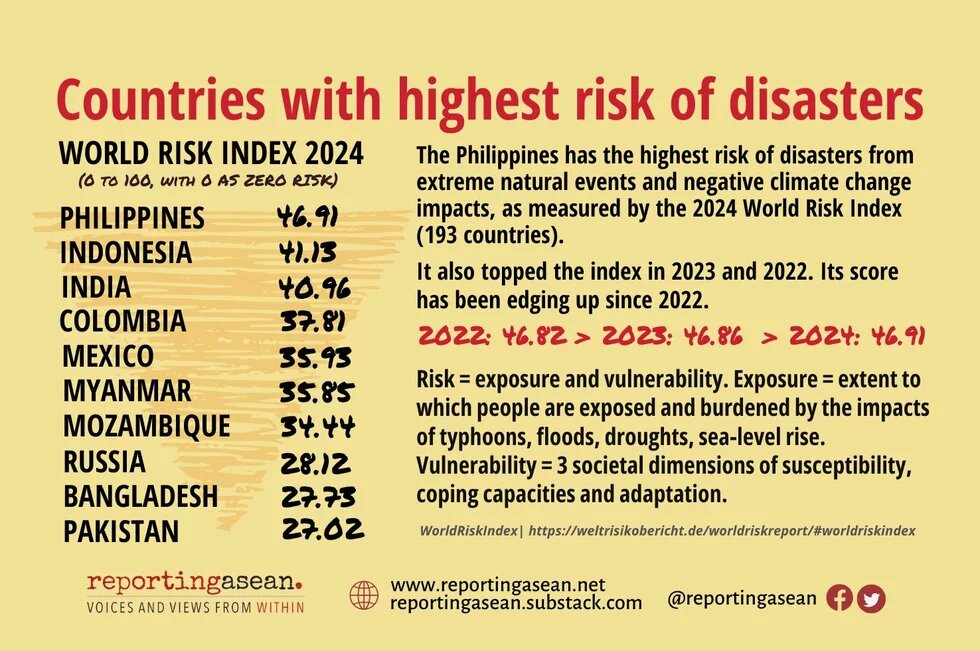
As editor of the sustainability series, I’ve been trying to find more encouraging stories, given the too-many stories that highlight the impacts of human-induced global warming in recent weeks.
Unfamiliar and far-from-usual amounts of rain and rain bombs, released by storm and weather systems packing more destructive power from much more moisture and humidity in a 1.3C world, have been making the headlines. They add to the many examples of a planet in distress ahead of the annual UN climate summit (COP29) in Azerbaijan that starts on 11 November. (Soon after this issue was released on 8 November, Copernicus reported that the global-average temperature for the past 12 months from November 2023 to October 2024 was 0.74°C above the 1991-2020 average, and an estimated 1.62°C above the 1850-1900 pre-industrial average.)
In October, we saw how massive flash floods in Valencia, eastern Spain (a name we identify with Valencia oranges, not disasters) led to waters rising to over three metres and raging rivers of mud throwing cars around like they were toys. As of 6 November, the death toll stood at at least 218.
October was also a stressful time for many in the Philippines, which was impacted by two tropical cyclones within days of each other. At least 150 people were killed in the disasters brought about by severe tropical storm Kristine (international name Trami) and super typhoon Leon (Kong-Rey), which dumped unusually large amounts of rain. They affected more than 8.5 million people. Kristine was the deadliest storm thus far this year, in a country that is most at risk from disasters in the World Risk Index 2024.
Emotions run high after disasters. Angry residents heckled Spain’s King Felipe VI and Queen Letizia and pelted them with mud when they visited Paiporta in Valencia in early November.
Many Filipinos were irate at politicians who tried to sing paeans to the resilience of battered communities or said they would be fine because they were used to disasters - when government policy has mainly been reactive instead of crafting forward-looking solutions at a time of climate change.
In its editorial ‘Stop Romanticising Resilience’, the Philippine Daily Inquirer said: “Resilience is the most abused and overused term to describe what helps Filipinos survive calamities. The word has started to sound like a backhanded compliment because being resilient for many simply implies that it is the only way for them to survive difficult situations in the absence of long-term, sustainable solutions.”
It did not help in terms of public or climate-informed messaging that at a government briefing before Kristine made landfall, President Ferdinand Marcos said there was not much one could do but wait for the storm to pass and hope for less damage. Added the same editorial: “Even President Marcos said he felt a “little helpless” and that all the government could do was “sit tight, wait, hope, pray that there’s not too much damage, that there are no casualties.”
In the social media storm, disaster resilience experts found themselves the objects of love or hate when sharing facts that did not fit some popular perceptions. Misinformation popped up, and we saw the viral resurfacing of social media post that says you can tell the weather from where the bubbles form in your coffee cup!
But hazards like storms are also opportunities to show the bigger picture. Look at how the visual below show us a lot about the deluge of rain in the Spain disaster.
Then there is data visualisation below, by data journalist Prinz Magtulis (a Reuters journalist who does data stories on the Philippines as personal projects), that zooms out to the wider context.
Using government data, it shows that while the number of tropical cyclones affecting the Philippines (typically 20 or so) has fallen a bit in recent years, their intensity has been increasing (see ‘signal number’ - and typhoons don’t need to have made landfall to cause damage). (Experts use more data, over time, in order to assess increases in typhoons’ frequency, among others. But official data do show a clear increase in the cost of damages from Philippine typhoons over time. An earlier Reporting ASEAN data visualisation looks at Philippine storms over recent dates here.)
The Philippines is in the list of countries and regions that experienced the 10 most extreme weather events from 2004 to 2024, a set of events that World Weather Attribution looked back into, used the metrics of attribution science and found the fingerprints of climate change in.
Typhoon Haiyan in 2013 caused 7,354 deaths in the Philippines in 2013 - it was one of the most powerful cyclones ever recorded. Myanmar is the other Southeast Asian country in this list, due to Cyclone Nargis that caused 138,366 deaths in 2008. (Read WWA’s report, issued on its 10th anniversary, here.)
It’s indeed useful for attribution studies to show and tell audiences - and journalists - the real, measured connections between extreme weather events and the disasters they can bring and human-driven climate change. But whether an event – typhoon, heatwave, drought, wildfire – is 3 or 30 times made more likely by global warming, it means human suffering.
Soon: We’ll be holding a webinar discussing the results from our survey ‘Southeast Asia: The Climate in Our Newsrooms’, and talk about covering the climate, on 28 November. More information soon!
__
Johanna Son is a founder/editor of the Reporting ASEAN series. A journalist and editor based in Bangkok, has followed a mix of regional issues for some three decades. She contributes analyses and features to news outlets, including the ‘Bangkok Post’.
This article was first published on 8 November 2024 by Reporting ASEAN as part of its Sustainability Series supported by Heinrich Böll Stiftung Southeast Asia.
Disclaimer: This published work was prepared with the support of the Heinrich Böll Stiftung. The views and analysis contained in the work are those of the author and do not necessarily represent the views of the foundation. The author is responsible for any liability claims against copyright breaches of graphics, photograph, images, audio, and text used.


